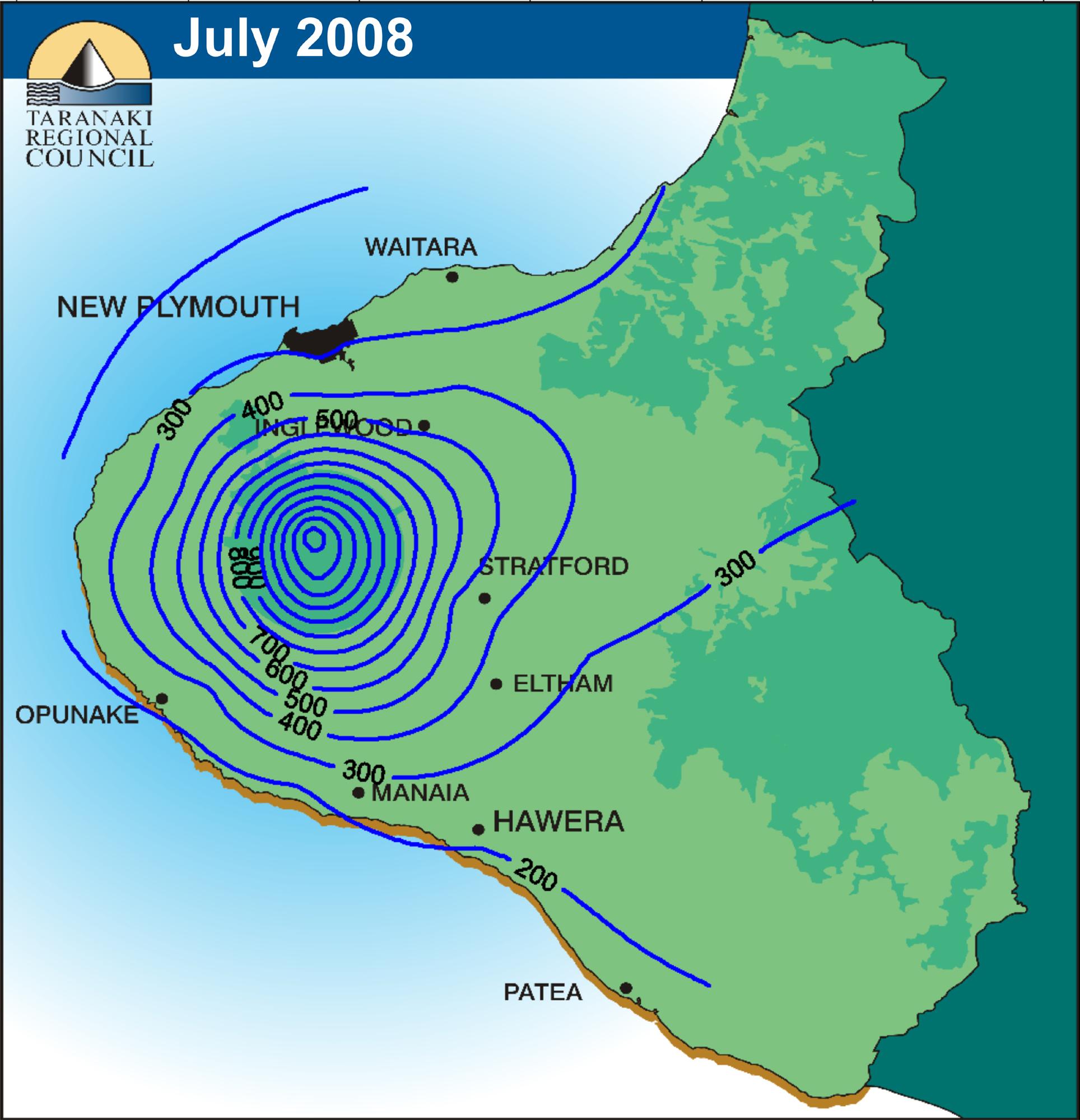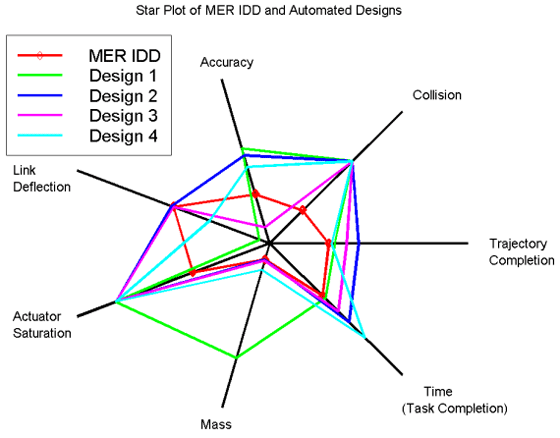
Monday, April 27, 2009
53.) Star plots

52.) Correlation matrix

A Correlation matrix describes correlation among M variables. It is a square symmetrical matrix with the element equal to the correlation coefficient between variables. The diagonal elements (correlations of variables with themselves) are always equal to 1.00. Shown above is a calculated protein correlation matrix for phage T7. Correlated behavior ranges from high(red) to low(blue), and the triangular block of red reflects proteins involved in phage assembly, a highly coordinated process.
51.) Similarity matrix
 http://www.biomedcentral.com/content/figures/1471-2164-8-353-5-l.jpg
http://www.biomedcentral.com/content/figures/1471-2164-8-353-5-l.jpg50.) Stem and leaf plot

49.) Box plot
48.) Histogram

47.) Parallel coordinate graph
46.) Triangular plot

45.) Windrose

44.) Climograph
43.) Population profile
 http://camellia.shc.edu/literacy/tablesversion/assignments/Image2.jpg
http://camellia.shc.edu/literacy/tablesversion/assignments/Image2.jpg42.) Scatterplot

A scatter plot only specifies variables or independent variables when a variable exists that is under the control of the experimenter. If a parameter exists that is systematically incremented and/or decremented by the experimenter, it is called the control parameter or independent variable and is customarily plotted along the horizontal axis. The measured or dependent variable is customarily plotted along the vertical axis. If no dependent variable exists, either type of variable can be plotted on either axis and a scatter plot will illustrate only the degree of correlation (not causation) between two variables. This map shows the relationship between grip strength and arm strength depicted in (also described in the introductory section) is 0.63.
41.) Index value plot
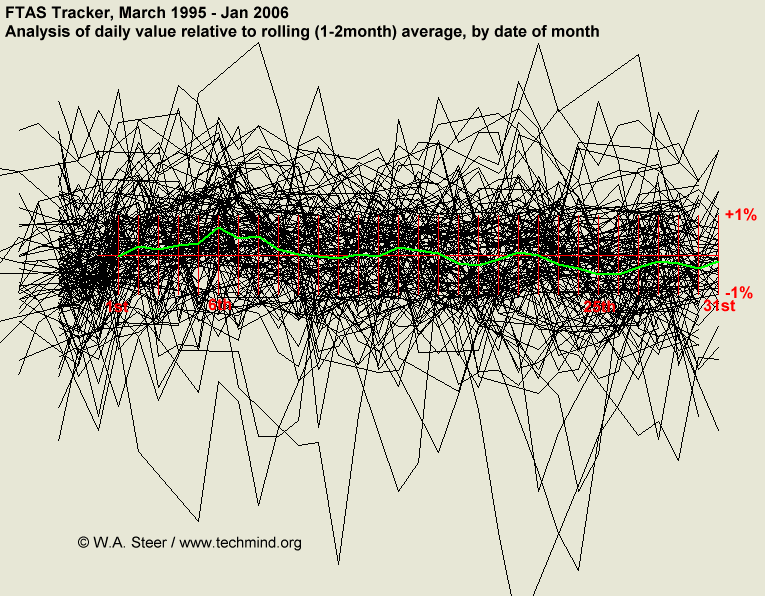
An index value plot, plots distances against the corresponding observation number in the dataset. In many cases, the row number corresponds to the order in which the data were collected. If this is the case, this would be similar to plotting the residuals against time. The index plot is a helpful diagnostic test for normal linear and particularly generalized linear models. Both outliers and influential points can be detected by the index plot. It is particularly useful when the data is in time order so that pattern in the residuals, over time can be detected. If a residual index plot is showing a trend in time, then they are not independent.
40.) Accumulative line graph or Lorenz curve
39.) Bilateral graph
38.) Nominal area choropleth map

Nominal area choropleth map:
Nominal area choropleth map is a choropleth map that is used to dispaly nominal data. Also known as a descriptive map this nominal area choropleth map provides geographical information about Africa. The variation in color is associated with qualitative differences.
http://mapmaker.rutgers.edu/355/africa_political.gif
37.) Unstandardized choropleth maps
36.) Standardized choropleth maps

Standardized choropleth maps:
Data in choropleth maps are standardized to allow comparison of distribution among different areas. Here is a map of Canada displaying the different area's population of people age 14 and under.
http://www.statcan.gc.ca/pub/92f0138m/2008003/figures/figure3.1-en.jpg
35.) Univariate choropleth maps
34.) Bivariate choropleth maps

33.) Unclassed choropleth maps

32.) Classed choropleth maps
31.) Range graded proportional circle map
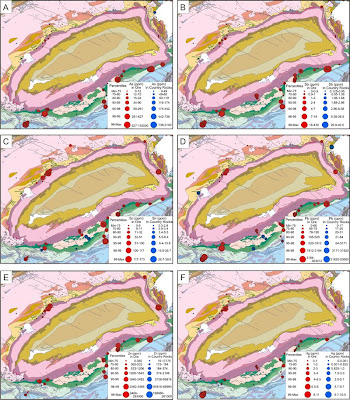 https://blogger.googleusercontent.com/img/b/R29vZ2xl/AVvXsEhPFsuxDxAofMzfdxRmWjdZIOkp5Mc8FDGTKTHojKEnxnoAInZecxn12RAWHYYKmEYsku7bDl7WVhszkDlYOdtl0akESZjZ1vf_iIPPVing08Zd5oD2m9EODw0Bq6PSHcMVNCFgLESw2Xxa/s400/range+graded.jpg
https://blogger.googleusercontent.com/img/b/R29vZ2xl/AVvXsEhPFsuxDxAofMzfdxRmWjdZIOkp5Mc8FDGTKTHojKEnxnoAInZecxn12RAWHYYKmEYsku7bDl7WVhszkDlYOdtl0akESZjZ1vf_iIPPVing08Zd5oD2m9EODw0Bq6PSHcMVNCFgLESw2Xxa/s400/range+graded.jpg30.) Continuously variable proportional circle map
29.) DOQQ
28.) DEM

27.) DLG
Sunday, April 19, 2009
26.) DRG

DRG:
http://www.nysgis.state.ny.us/gisdata/quads/images/sampldrg.gif
A digital raster graphic (DRG) is a scanned image of a U.S. Geological Survey (USGS) standard series topographic map, including all map collar information. The image inside the map neatline is georeferenced to the surface of the earth and fit to the Universal Transverse Mercator projection. The horizontal positional accuracy and datum of the DRG matches the accuracy and datum of the source map. The map is scanned at a minimum resolution of 250 dots per inch.
25.) Isopleths

http://www.meteoswiss.admin.ch/web/en/climate/climate_international/gaw-ch/ozone/umkehr.Par.0004.Image.gif
24.) Isopach

23.) Isohyets
22.) Isotachs
21.) Isobars
 http://z.about.com/d/german/1/0/1/J/aWetteurfronts.jpg
http://z.about.com/d/german/1/0/1/J/aWetteurfronts.jpg20.) LIDAR

 http://www.icrest.missouri.edu/Sensors/lidar.jpg
http://www.icrest.missouri.edu/Sensors/lidar.jpg19.) Doppler radar
 Doppler radar:
Doppler radar:
An actual doppler radar is seen here for
farmers and land managers to benefit from. Now improved weather and climate predictions generated by a new state-of-the-art radar in Bairnsdale. The new radar is more precise, more sensitive to changes in the weather and has better resolution than the obsolete East Sale radar. For the first time, the local radar will be used solely for radar watch, meaning the images will be available 24 hours a day, without interruption.
http://www.bom.gov.au/weather/radar/about/images/melb_doppler_radar.jpg
Now, this is a doppler radar image. Which is a Doppler radar that hinges on the fact that frequency emissions varies if either the object transmitting the signal or the object receiving the signal moves relative to the other. Incidentally the word Doppler comes from the name Johann Christian Doppler, who was the Austrian mathematician who developed the theory that an observer's perception of frequency emissions varied with the relative motion between the source of the transmission and the receiver. He demonstrated this "Doppler effect". Doppler radar equipment is capable of detecting target motion due to this Doppler effect, which helps with the identification of supercell thunderstorms.
http://www.stuffintheair.com/images/DopplerRadar.gif
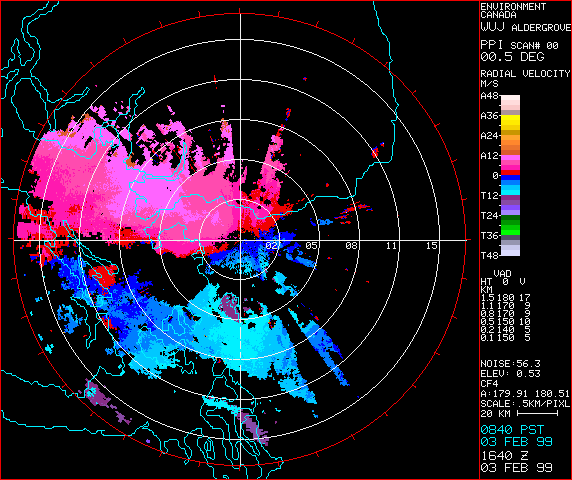
18.) Black and white aerial photo
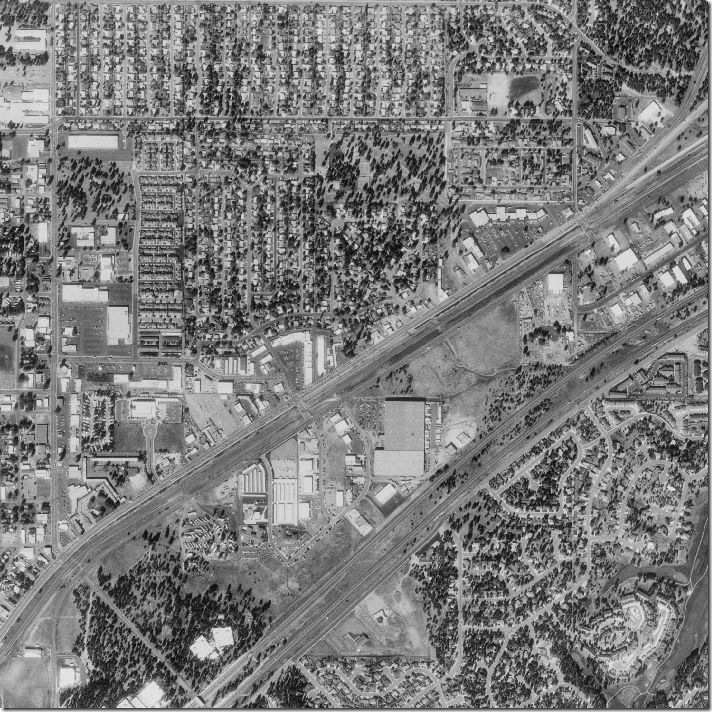 http://freegeographytools.com/wp-content/uploads/2007/09/doq-thumb.jpg
http://freegeographytools.com/wp-content/uploads/2007/09/doq-thumb.jpg17.) Infrared aerial photo
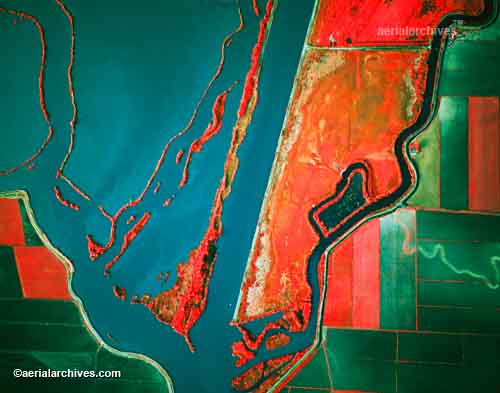
Infrared film and infrared digital sensors are sensitive to a certain portion of the spectrum of light, and by careful filtration, processing and selection of films, infrared aerials can provide invaluable information.
16.) Cartographic Animation
 http://uwacadweb.uwyo.edu/JSHINKER/animations/global/gifs/vmag500winds_web.gif
http://uwacadweb.uwyo.edu/JSHINKER/animations/global/gifs/vmag500winds_web.gifSaturday, April 18, 2009
15.) Statistical Map
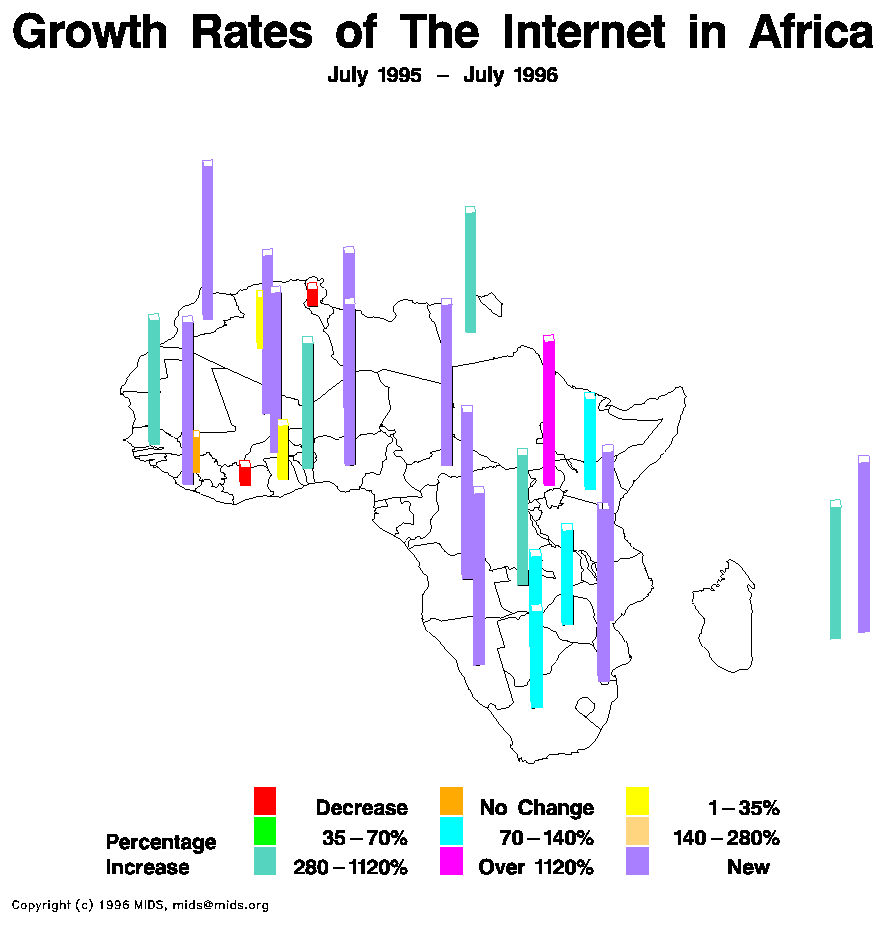
http://personalpages.manchester.ac.uk/staff/m.dodge/cybergeography/atlas/mids_af_i_gr_c_large.gif
A Statistical map gives a standard statistic of the functional time course over a specified set of periods. It is also a graphic representation of elements of importance or interest pertaining to a theme, such as the geographic occurrence of an item, feature, or event.
14.) Cartograms
A cartogram is a map in which some thematic mapping variable, (such as travel time or Gross National Product), is substituted for land area. The geometry or space of the map is distorted in order to convey the information of this alternate variable. There are two main types of cartograms: area and distance cartograms.

An area cartogram is sometimes referred to as a value-by-area map or an isodemographic map, the latter particularly for a population cartogram, which illustrates the relative sizes of the populations of the countries of the world by scaling the area of each country in proportion to its population; the shape and relative location of each country is retained to as large an extent as possible, but inevitably a large amount of distortion results
A distance cartogram may also be called a central-point cartogram. This form is typically used to show relative travel times and directions from vertices in a network.
http://mapmaker.rutgers.edu/355/cartogram_ValueByArea2.jpg
13.) Flow maps

http://www.mpassociates.gr/software/distrib/science/golden/PrismMap.gif
Cartographers have long used flow maps to show the movement of objects from one location to another, such as the number of people in a migration, the amount of goods being traded, or the number of packets in a network. The advantage of flow maps is that they reduce visual clutter by merging edges. Most flow maps are drawn by hand and there are few computer algorithms available. Some generate flow maps using hierarchical clustering given a set of nodes, positions, and flow data between the nodes. These techniques are inspired by graph layout algorithms that minimize edge crossings and distort node positions while maintaining relative position to one another. It demonstrates technique by producing flow maps for network traffic, census data, and trade data. ect.
12.) Isoline Map

11.) Proportional circle maps
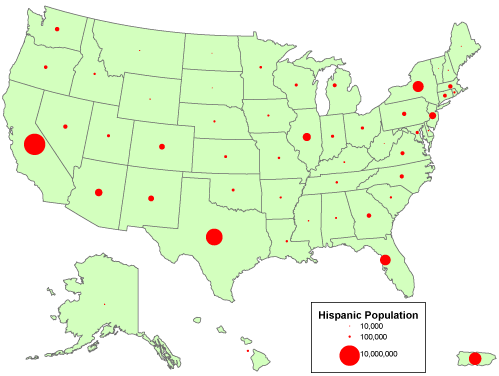
The AREA of each circle is proportional to a value in a data set. Other shapes (square, triangle, picture of something) can be used. They can be subdivided.
https://courseware.e-education.psu.edu/courses/geog482/graphics/hisp_circles.gif
10.) Choropleth maps

9.) Dot distribution Map

http://www.siskiyous.edu/class/geog1b/PracticeQuizzes/AIDS1997US.gif
Distribution can be shown as a dot distribution map. A Dot Map uses a form of a point symbol, its purpose is to show a continuous density through a discrete set of point symbols. Ideally, you would have a lot of detail information and select a location that characterizes the distribution (ex. keeping the dots along rivers or roads) This means that the dot map would require some hidden map layers.
8.) Propaganda maps
7.) Hypsometric Maps

http://www.reliefshading.com/colors/pictures/hypsometric_AegeanSea.jpg
Any map showing relief by means of contours, hachures, shading, tinting,or any other convention.









